March is the month of St Patricks Day so this month’s column looks at the contribution both the Republic of Ireland and Northern Ireland have made to the world of roses. In fact, two of the most famous rose breeding families, the McGredy and Dickson families, both originate from Northern Ireland.
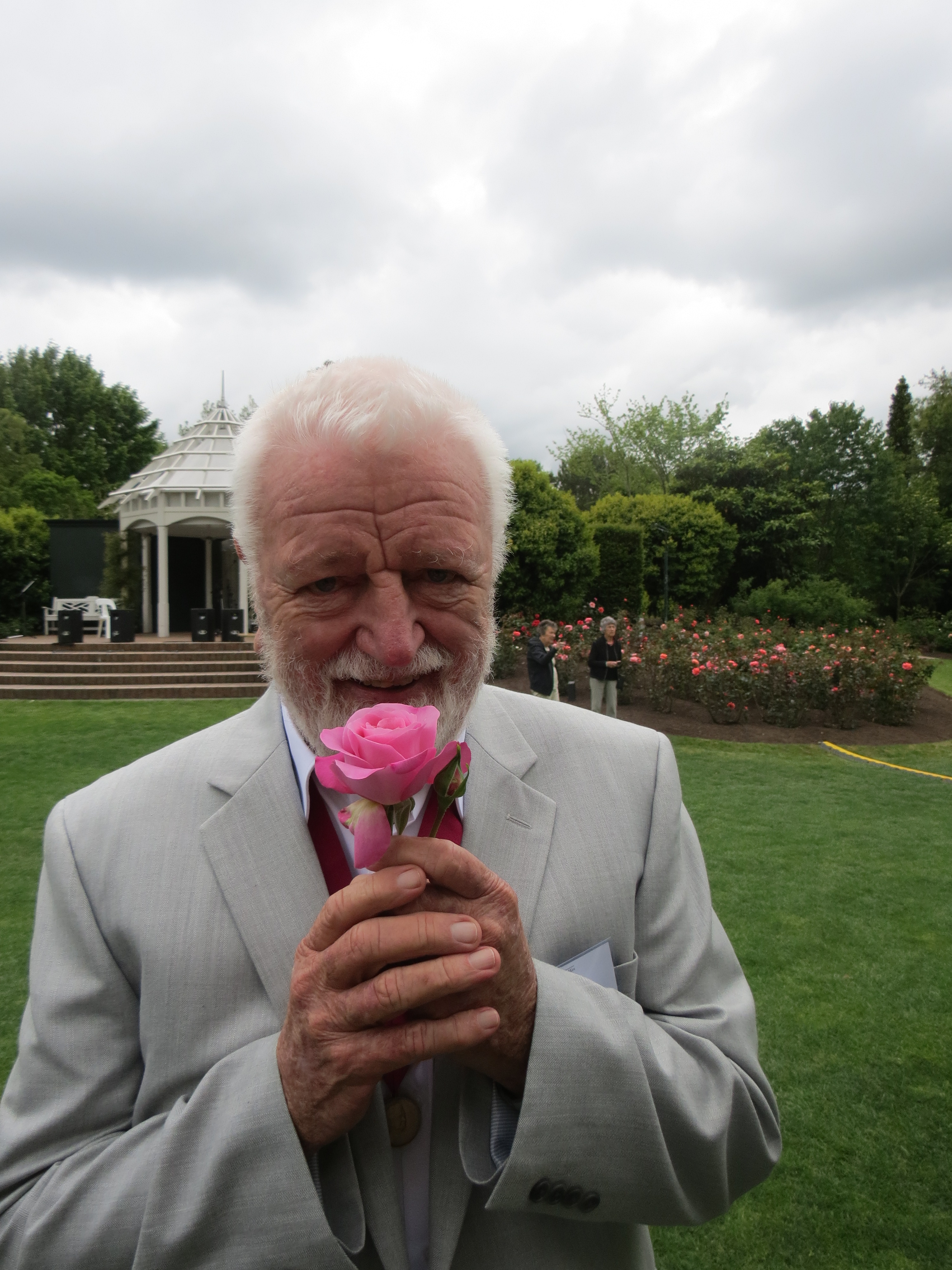
The McGredy name will be familiar to many New Zealanders as Sam McGredy, the fourth generation of his family to grow and breed roses moved to New Zealand in the early 1970’s and continued to produce some outstanding roses until his retirement in the early 1990’s. Names like ‘Aotearoa’, ‘Auckland Metro’, ‘Sexy Rexy’, ‘Dublin Bay’, ‘Kaikoura’, ‘Paddy Stephens’ and ‘Solitaire’ are all well-known with New Zealand gardeners. Many of Sam’s roses grace gardens around the world and will do so for many years yet. Sam’s legacy to New Zealand is twofold: the development of many talented rose breeders who are now creating their own wonderful roses and also lobbying for the passage of Plant Variety Rights legislation in the early 1970’s. This has allowed plant breeders to protect varieties and control their propagation.
The Dickson family is the other famous rose breeding family from Northern Ireland with Colin Dickson, the sixth generation still breeding roses, 182 years later. Dickson Roses are grown around the world and they have had much success in rose trials, including here in New Zealand. The most famous Dickson rose of all is the lemon yellow Hybrid Tea ‘Elina’ but other well known Dickson roses include ‘Precious Platinum’, ‘Racy Lady’, ‘Pavarotti’, ‘Best Wishes’, ‘Dinky Pinky’ and ‘Celtic Honey’.
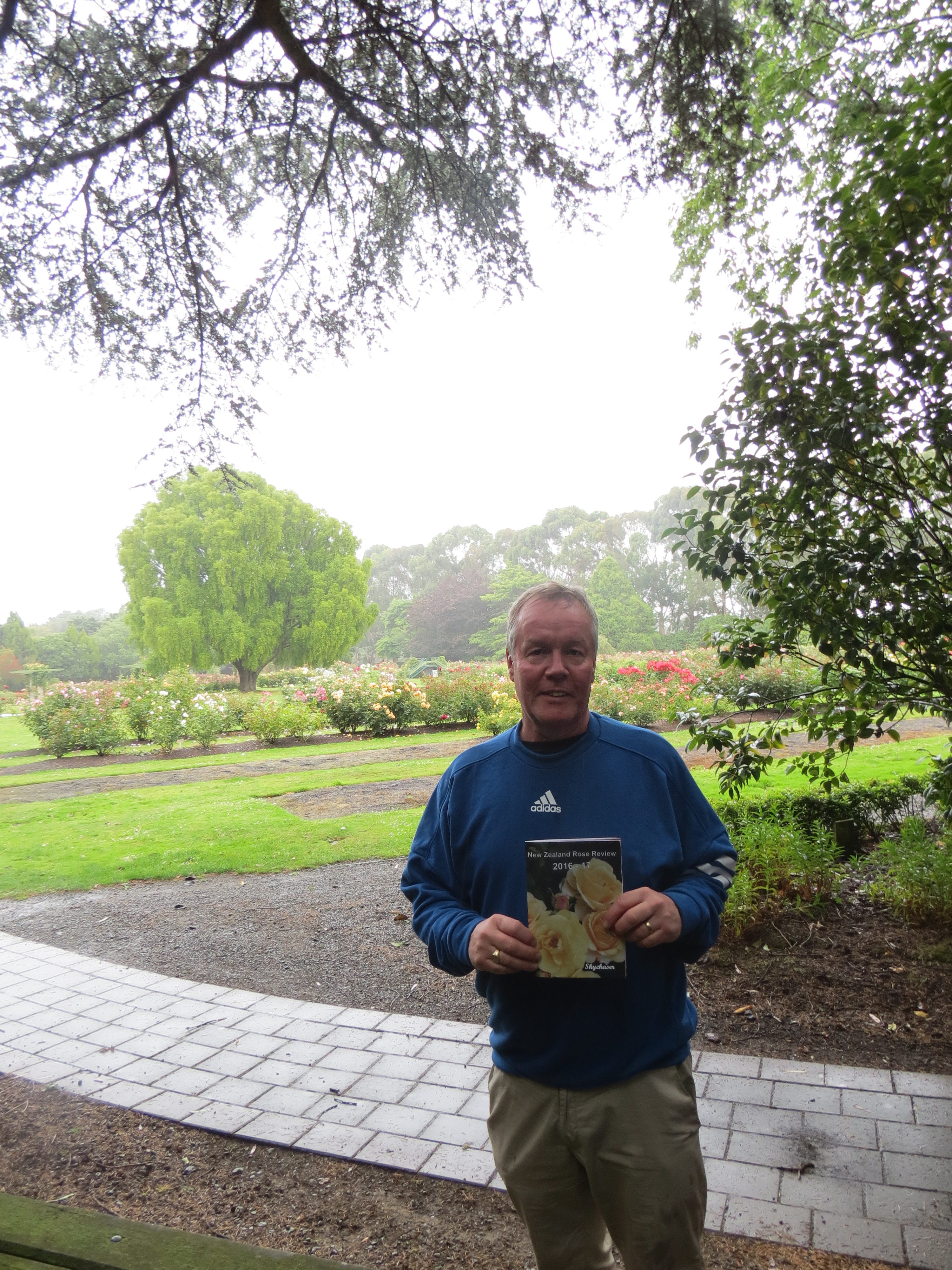 There has been some breeding done in the Republic of Ireland, the most noted of which has been retired school teacher David Kenny. David has had some success outside of Ireland with his roses and in 2013, one of his shrub roses code-named Kentrooper won the Gold Star of the South Pacific at the New Zealand Rose Society trials in Palmerston North. Hopefully, a few more of his roses will make it to New Zealand.
There has been some breeding done in the Republic of Ireland, the most noted of which has been retired school teacher David Kenny. David has had some success outside of Ireland with his roses and in 2013, one of his shrub roses code-named Kentrooper won the Gold Star of the South Pacific at the New Zealand Rose Society trials in Palmerston North. Hopefully, a few more of his roses will make it to New Zealand.
While we are on the Irish theme, let’s have a quick look at some of the ‘green’ roses that you can grow in your garden although they are more likely to have a green tinge than actually being green. The green pigment in the flowers is the same as that that makes the leaves green – chlorophyll. Rose breeders, especially those developing new cultivars for the cut flower market, look for a green tinge as the blooms will open slower.
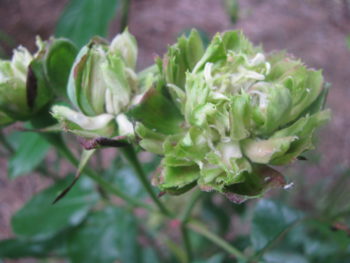
One ‘true’ green rose is Rosa chinensis ‘viridiflora’, a bit of a novelty as flower parts have been replaced by leaf parts. It is a real novelty and something a bit different. Floral artists love it for flower arranging.
‘Green Ice’ is a miniature rose from the early 1970’s with cream blooms with a green tinge. Low growing, it is suitable for pots or the front of the garden.
‘Greensleeves’ is a floribunda with pink buds opening to chartreuse green blooms that last for ages on the plant. Good for picking.
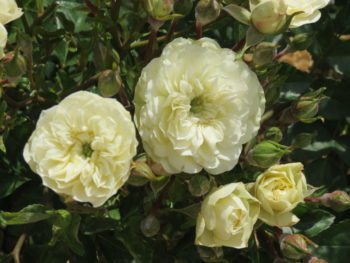
‘Lemon N Lime’ is another floribunda from Rob Somerfield with lemon coloured blooms tinged lime. It just glows under the right conditions and has plenty of blooms. Rob has been working in the green shades so hopefully, some of his work will be commercialised in coming years.
In the Rose Garden for March
- Water, water, water if it is dry.
- Don’t apply any more applications of fertiliser and by the end of the month, cease de-heading of your roses.
- Prepare new areas for roses by digging over soil and adding compost
- Order roses for winter. The new and popular varieties often sell out early along with those grown as standards.
By Hayden Foulds
Hayden also serves as Deputy Chairman of the World Federation of Rose Societies Rose Trials Committee amongst other rose endeavors.







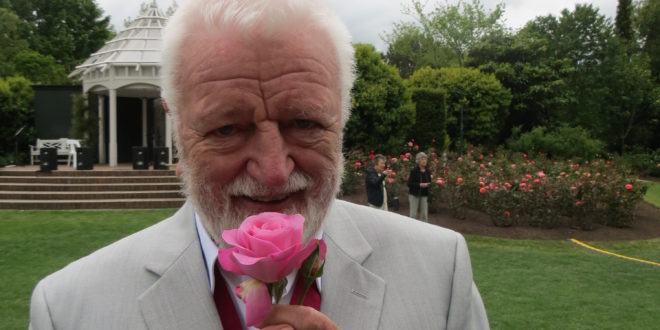
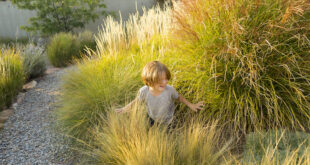
Join the Discussion
Type out your comment here:
You must be logged in to post a comment.